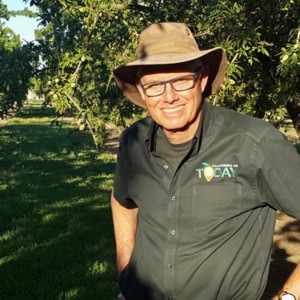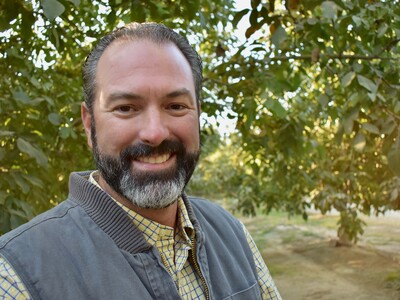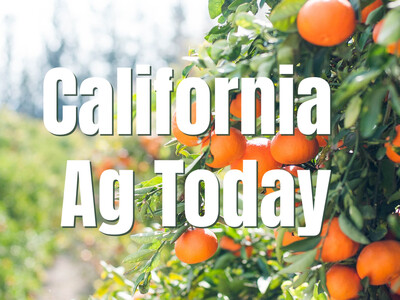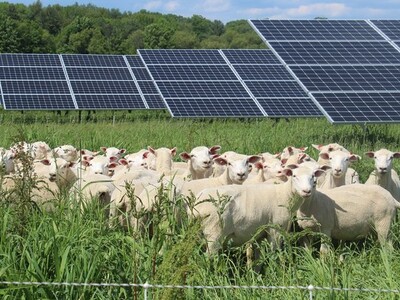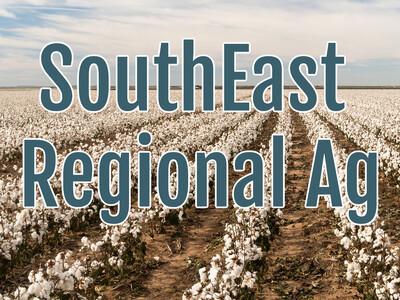Integrated Weed Management in Treenut Orchards
Drew Wolter is the Almond Board of California's Senior Specialist in Pest Management, which includes weeds in orchardsWolter explains the goals of orchard floor, weed management.
“So integrated weed management; this is generally composed of five components including mechanical control. This can include anything from hand pulling, tillage burning, which is also known as flaming mowing and some of the other exciting emerging technologies in our industry, which include anywhere from superheated air to the electrostatic control of weeds,” Wolter said.
And Wolter spoke about the Cultural component, which can include anything from the use of cover crops, to compete against weeds, berming your tree rows and keeping weeds and ditches and canals under control. “And there's the chemical component, which I've included some the application stewardship guidelines,” said Wolter. “So perhaps one of the most important things here is proper weed identification. This allows you to be aware of which herbicide resistant species are prevalent in your region or in your specific orchard,” he said.
Then there's the use of tank mixes with different modes of action. “Why tank mixes,” Wolter asked. “Using a combination of products with different modes of action not only brought into the range of weeds controlled in a single application, but also reduces the risk of selecting for herbicide resistance and/or tolerance in your orchard,” noted Wolter.
Wolter also talked about the right place, right time for herbicides and working on weed prevention.



